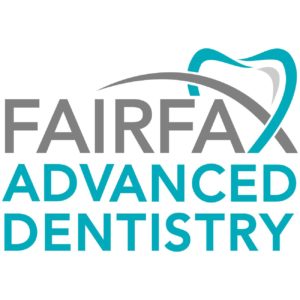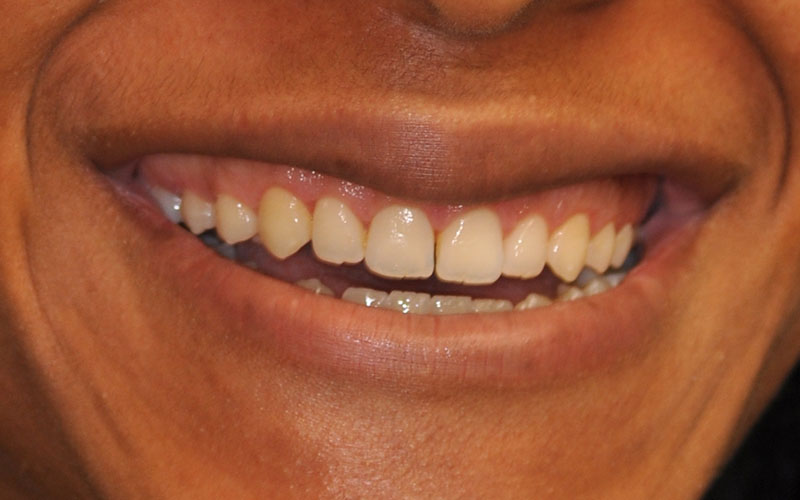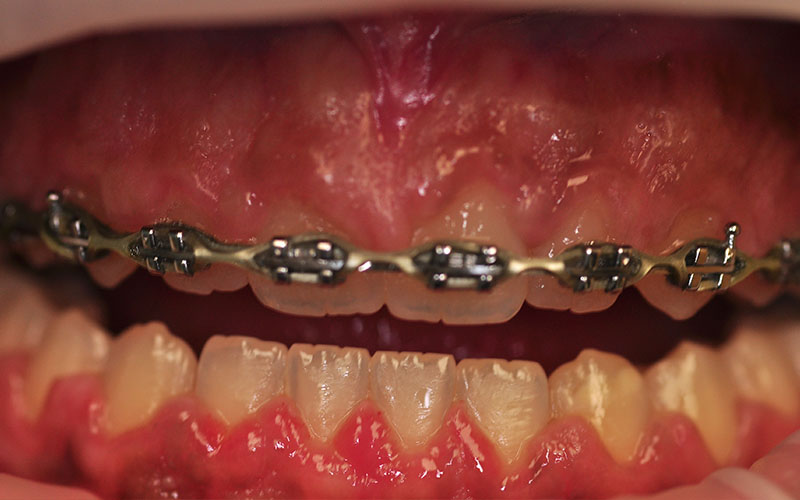Gum Graft in Fairfax
Have you ever noticed how some adults have teeth that are more exposed on the gum line? This condition is known as gum recession and it is a highly common gum problem that affects up to 12% of adults today. Not only does gum recession affect the appearance of a tooth, it can also cause the tooth to be more prone to sensitivity and infection. To stop the complications of gum recession from happening, many adults today prefer to have a gum graft or graft surgery performed.
What Is a Gum Graft?
When a minor gum disease, like gingivitis, is left untreated, it can lead to more complicated issues such as gum recession. Gum recession can cause complications such as inflammation, sensitivity, cavities, root exposure and aesthetic problems. Unfortunately most adults with gum diseases don’t even notice their receding gums until after their gums have moved back at a gradual amount. If gum recession is not treated, it can even lead to the permanent loss of the tooth.
To prevent this from happening, dentists suggest their patients to undergo a graft surgery or gum graft. During a gum graft, the gums surrounding the teeth are lifted using a micro-surgical technique. A graft is then placed underneath the gums, which are kept in place by sutures. Dentists prefer to use local anesthetics instead of general anesthesia for gum grafts.
Gum Graft Before & After
There are currently three types of gum tissue grafts and the graft procedure and graft to be used will depend on the needs of the patient. The three types of gum tissue grafts are: free gingival grafts, connective tissue grafts, and the pedicle grafts.
Pain is normal after the graft procedure. Dentists will usually prescribe ibuprofen and amoxicillin to their patients after the graft surgery to lessen the pain and the chances of developing an infection. A diet consisted of soft food is advised to patients for around a week after the gum graft.
Our Doctors
The most qualified professionals to take care of your smile
Dr. Alex Osinovsky
Years of Experience
Happy Patients
Implants Placed Last Year
Positive Reviews





